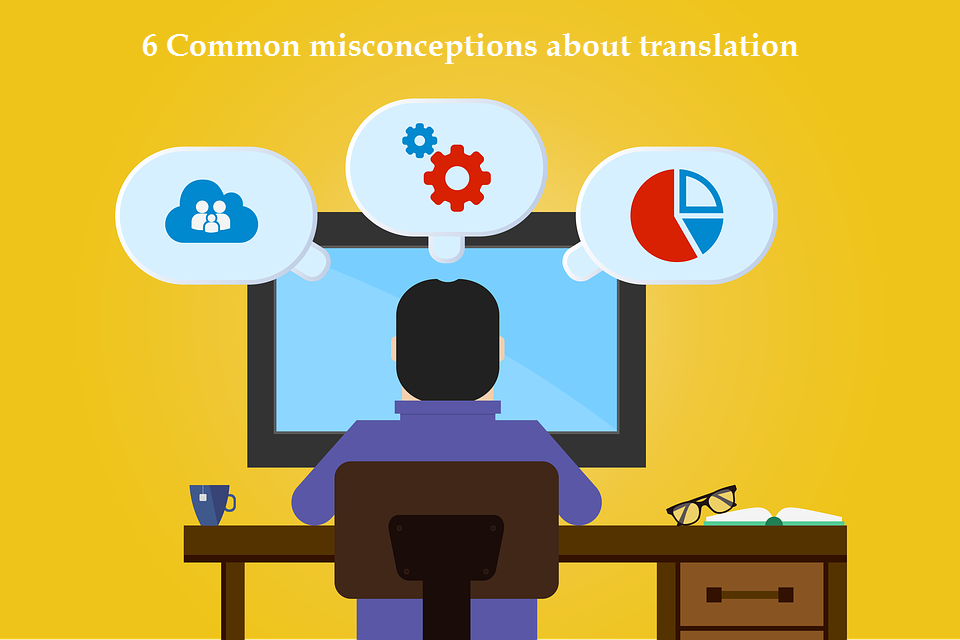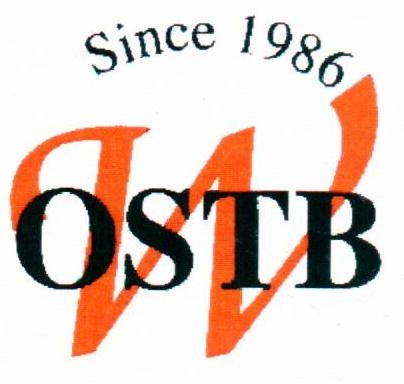6 Common misconceptions about translation Translation involve taking a message in one language and accurately rendering it in another language. However, there are some common misconceptions about translation. Most of such misconceptions come from the fact that many people just don’t know enough about the translation process. In this blog post, we will track the most famous misconceptions about translation 6 Common misconceptions about translation.
1. Any bilingual person can be a translator
Some people persist in thinking that anyone who is bilingual can be a translator. While a translator needs to know two or more languages, there is much more besides that makes skilled translators. They need to be good writers in their native language so that the translation is not just accurate but readable, and they need an in-depth knowledge of the subject on which they are translating. So, being bilingual does not qualify you to translate. Translation requires you to be trained and certified. Unfortunately, some still attempt to cut costs by putting translation in the hands of a non-professional. But, this results in poor translations most of the time.
3. A translator can translate any subject
Some assume that any translator is expected to be an expert in every type of content. But this is just another misconception; all translators are not qualified to handle any task. In order for a translator to render text in another language, he or she has to understand the original source, both in terms of the words on and the subject. For example, technical translators are experts in technical terminology in the languages they work with. They can be relied on to accurately translate technical documents. Translators need to have a background in the type of material being translated in order to be familiar with the terms used and be able to translate them into the appropriate words.
4. A translator should be fast
Another misconception is that translators do not take much time or effort in translation. This is not true at all, because translation is not a quick process. Translation is not substituting one word for another. Translators actually deal with many words that don’t have direct translations. They have to understand the whole text and then re-write it in another language. A translator can translate about 2,000 to 3,000 words per day.
5. One can just use a machine translation
One of the most famous misconceptions about translation is that a machine translation (e.g. Google translate) is a great way to translate. Machine translation may be good at translating individual words and simple sentences that are repeated frequently online, however, they will never be able to understand the context. Only a human translator can understand a language and translate it properly. For example, Google Translate can result in inaccurate, funny, or just plain incomprehensible translations. It is unlikely, however, that machine translations will ever come close to replacing human ones.
6. A good translator doesn’t need proofing
A common misconception is that proofreading is a waste of money. However, proofreading is essential to ensure a high-quality piece. For internal documents, a few mistakes might be acceptable, but publishing customer-facing materials without having first had them proofread is a terrible idea. Remember that even the translation of the best translator needs to be proofread to ensure the best quality.
Conclusion
There are still more Common misconceptions about translation and a fair amount of false ideas about translation. My advice is to put all of these myths aside and seek out the help of a professional translation company in order to get a high-quality translation. 6 Common Misconceptions about translationز








